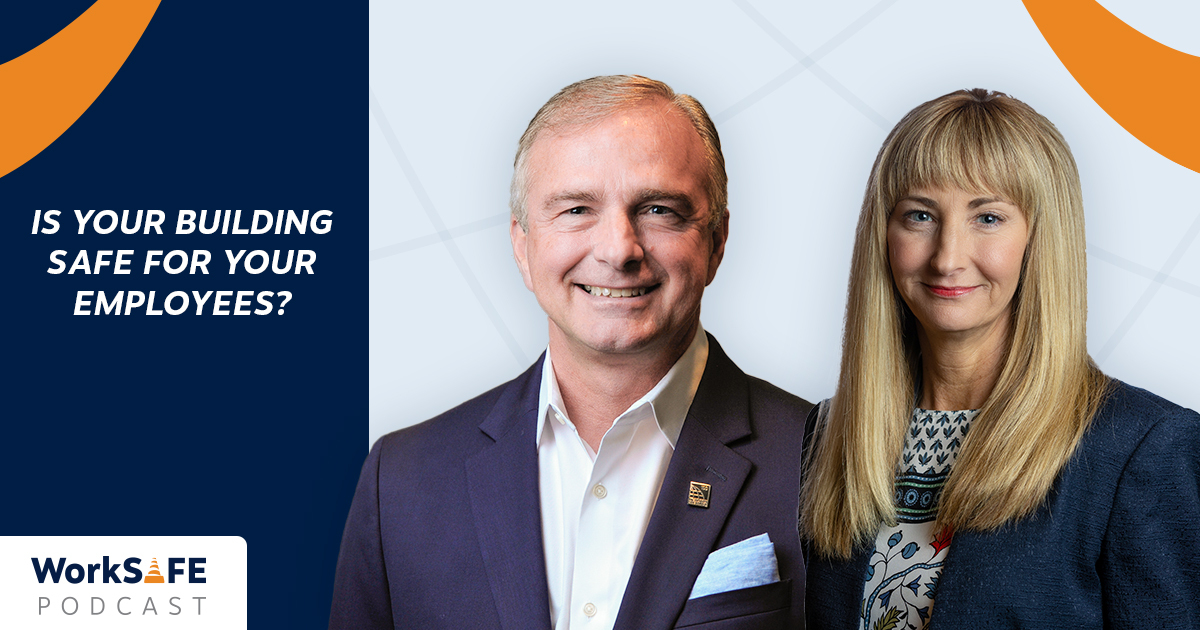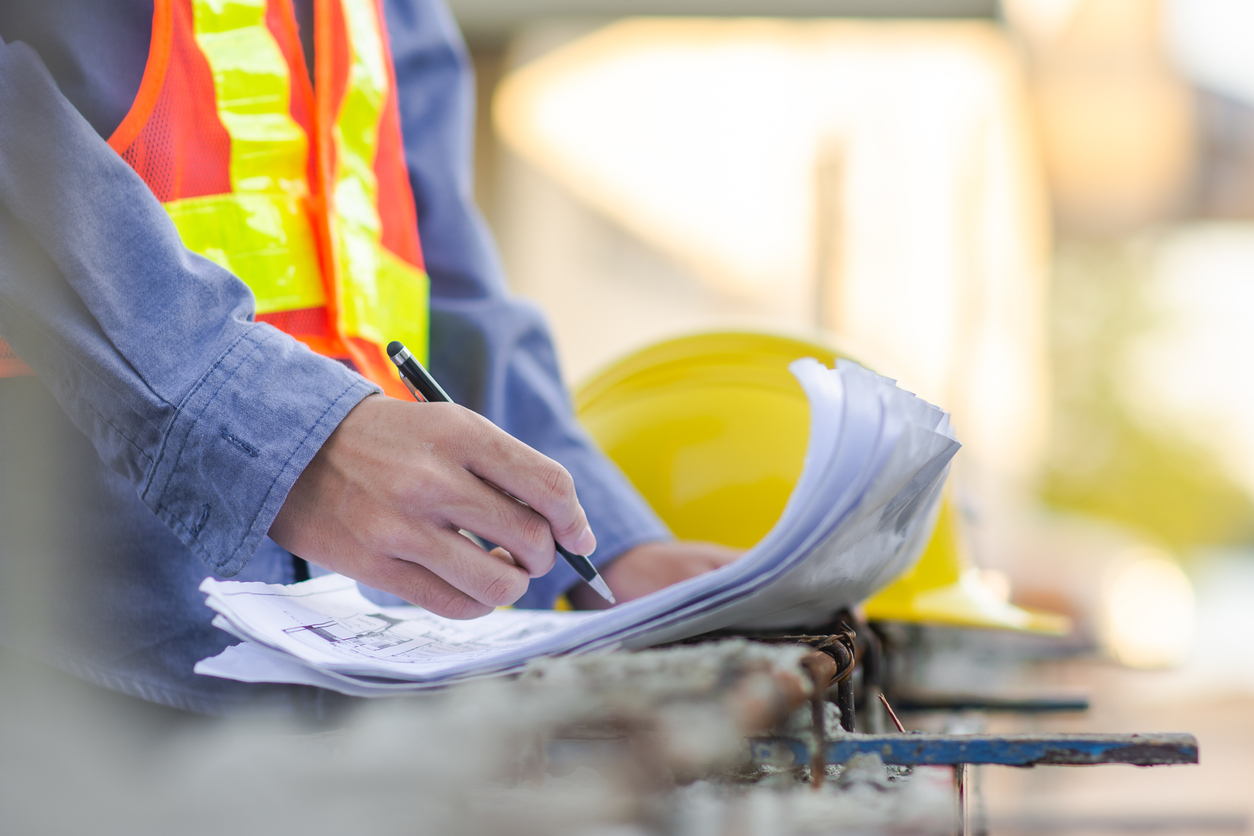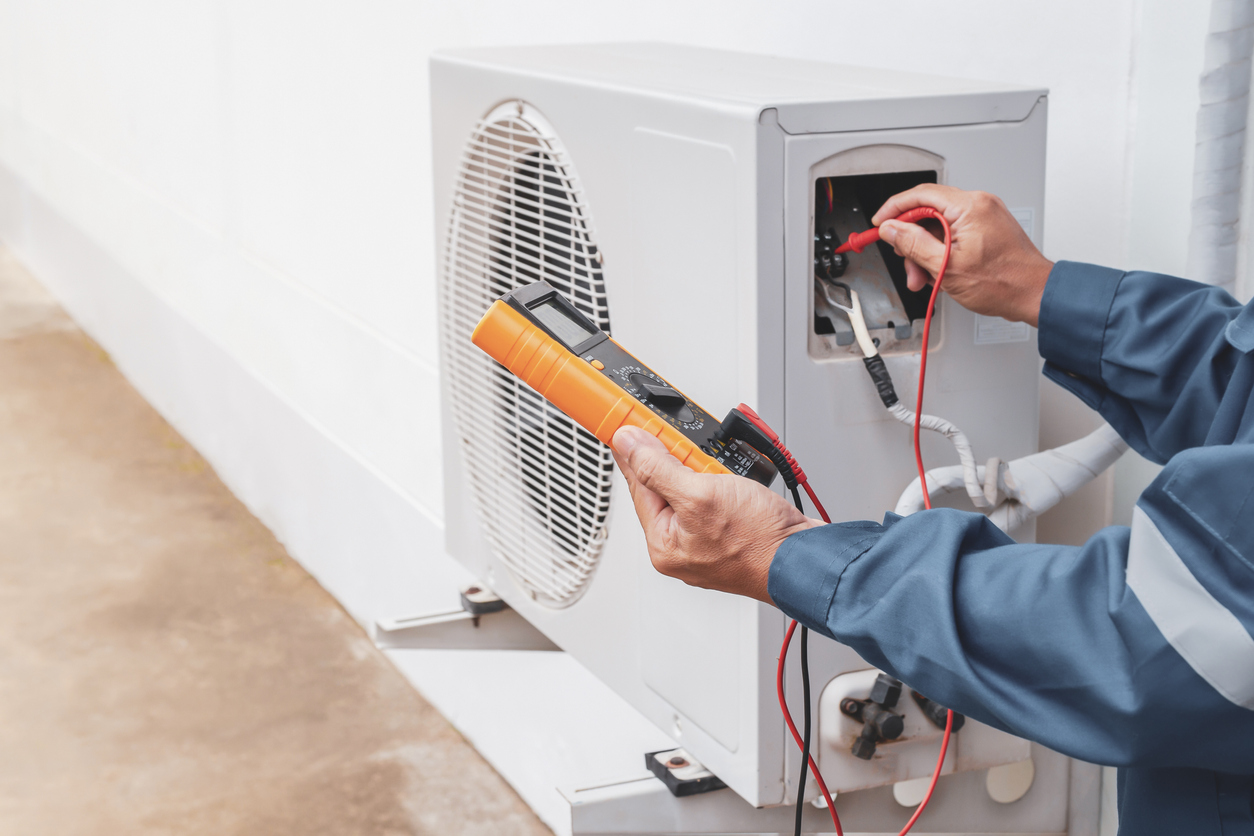For Media Inquiries
Contact Revee White, Director of Marketing and Communications at rwhite1@mem-ins.com or 573.499.4190.
A safe work environment is essential to running a business safely. The International Code Council is a collection of professionals who set building safety standards: building design, regulations, how to measure structural integrity. What do these standards do for today’s employees and customers? Why is building maintenance so vital to a successful business?
On this episode of the WorkSAFE Podcast, we sit down with Dominic Sims. He is the Chief Executive Officer of the International Code Council (ICC). Sims is an expert on the application of building safety technology code, standards development, and community resiliency.
First, we’ll share what the role of the International Code Council is in developing building safety standards. Then, we’ll discuss common building safety issues. Finally, we’ll talk about what employers can do to maintain safer workplaces.
Listen to this episode of the WorkSAFE Podcast or read the show notes below.
Building safety standards: All about the International Code Council
Buildings are an integral part of our everyday life. They house our grocery stores and schools, our workplaces and offices. “We as members of of the public sort of walk into a building, or we go to work every day,” Sims explained, “And we really don’t think about the fact that the buildings we live and work and worship in, they serve a specific purpose and we just expect them to be safe.”
The International Code Council (ICC) is a non-governmental organization that focuses on developing and maintaining building code requirements and standards. These measures are set using the latest building science. From government entities to corporations, their guidelines are adopted at both the state and local level. The standards are often added to safety plans. Further, business owners often seek out the council’s advice on best practices.
What is building science?
The ICC works with building experts from a wide array of areas: academics, material manufacturers, architects, engineers, state inspectors, fire officials. Each one brings a unique perspective to building safety. The council uses their expertise to determine what safety looks like for buildings dedicated to different uses. A small business will have needs that differ from a larger one; a restaurant will require safety standards that differ from a school or church.
Common building safety issues
In the midst of codes and regulations, the council still encounters common building safety issues. The first is detection and access control systems. For example, smoke and carbon monoxide detectors or building alarms. These essential systems notify people when there is an issue that requires them to evacuate or shelter in place. “Those are critical parts of the life safety systems of most buildings,” Sims shared.
Other common issues include HVAC, electrical, and plumbing systems. Problems with these systems present real safety issues to employees and building visitors. Without proper maintenance, HVAC systems can spread airborne pathogens and waterborne pathogens can seep from plumbing systems. Electrical problems introduce a very real and hazardous risk of shock. Safe and sanitary conditions contribute to a safe workplace.
Maintaining clean facilities
In a world where employers are providing increased benefits for health-conscious employees, amenities also need to be maintained. “Maybe your building has a workout facility or has a shower for for employees that work out at lunch or during a break,” Sims pointed out. “There’s special attention that needs to be made or paid to showers or drinking fountains or bottle filling stations.”
Building safety standards are about risk reduction
Building safety standards and code serve a specific purpose: to reduce risk for the those inside. “What the Code Council provides is guidance on how to make buildings and keep buildings safe for both employees and occupants,” Sims explained. “That’s really a risk reduction strategy.”
The council, in partnership with the National Institute of Building Sciences™, finds that for every dollar invested in disaster-proofing a building, there is a savings of four dollars on future losses or business interruption. They also update codes every three years to reflect lessons learned from everything from building issues to natural and man-made disasters. Buildings age; new requirements help ensure they are still fit for their intended purpose.
Making your facilities safer
Creating a safe work environment is an ongoing process. “My advice is to any building owner is one, do a periodic sort of an inspection or review of your facility, of your building, or of your business,” Sims recommended. “And two, don’t try to bite everything off at one time.” First, focus on the most critical issues. Then, set a maintenance routine. Use it to regularly check frequently used systems, building areas, and structural integrity. These actions help create a culture of keeping and maintaining a safe workplace.
Using the International Code Council’s resources
The International Code Council provides several resources for employers, including Safety Toolkits and existing building codes.


